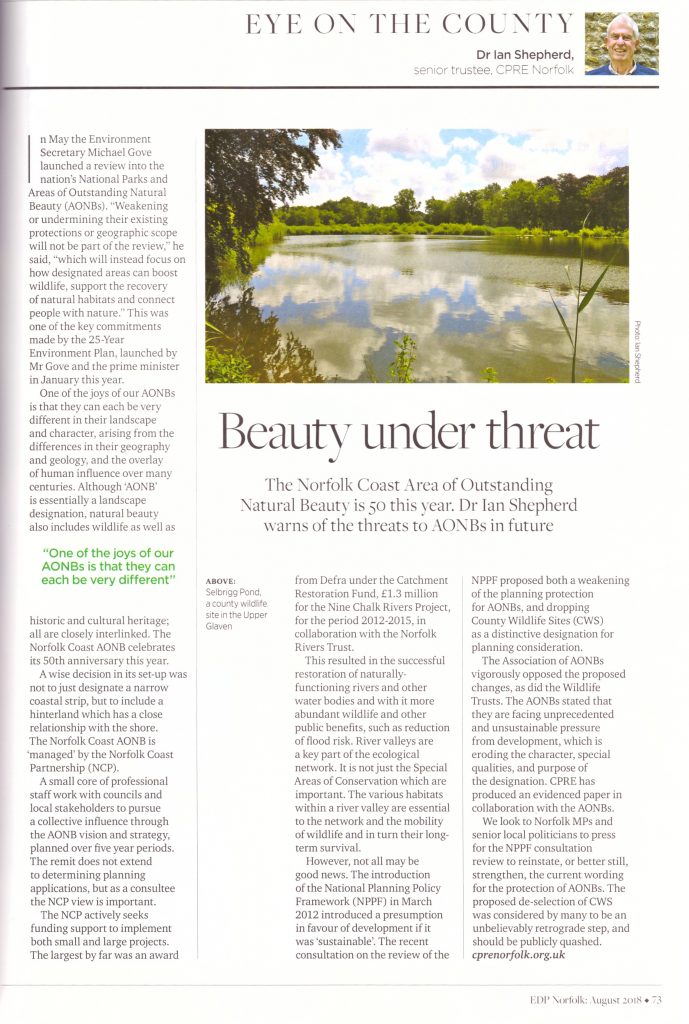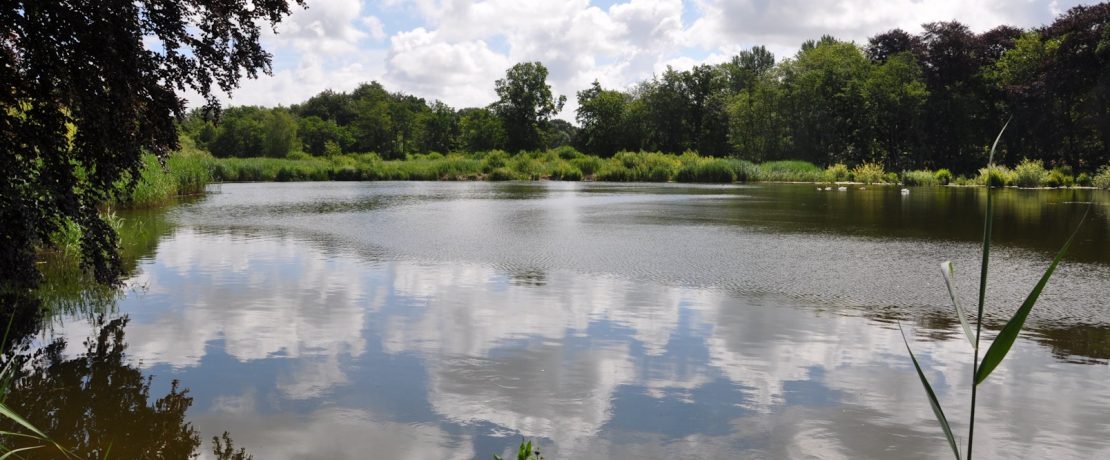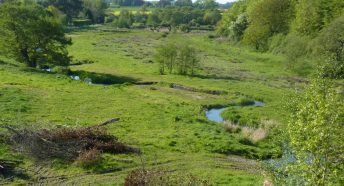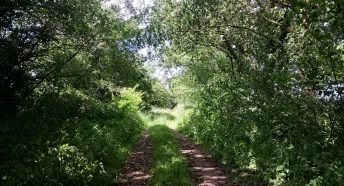Areas of Outstanding Natural Beauty under threat
The Norfolk Coast Area of Outstanding Natural Beauty is 50 this year. Dr Ian Shepherd warns of the threats to AONBs in future.
In May the Environment Secretary Michael Gove launched a review into the nation’s National Parks and Areas of Outstanding Natural Beauty (AONBs). He said “Weakening or undermining their existing protections or geographic scope will not be part of the review, which will instead focus on how designated areas can boost wildlife, support the recovery of natural habitats and connect people with nature”. This was one of the key commitments made by the 25-Year Environment Plan, launched by Mr Gove and the Prime Minister in January this year.
One of the joys of our AONBs is that they can each be very different in their landscape and character, arising from the differences in their geography and geology, and the overlay of human influence over many centuries. Although ‘AONB’ is essentially a landscape designation, natural beauty also includes wildlife as well as historic and cultural heritage; all are closely interlinked. The Norfolk Coast AONB celebrates its 50th anniversary this year.
A wise decision in its set-up was not to just designate a narrow coastal strip, but to include a hinterland which has a close relationship with the shore. The Norfolk Coast AONB is ‘managed’ by the Norfolk Coast Partnership (NCP).
A small core of professional staff work with Councils and local stakeholders to pursue a collective influence through the AONB vision and strategy, planned over five year periods. The remit does not extend to determining planning applications, but as a consultee the NCP view is important.
The NCP actively seek funding support to implement both small and large projects. The largest by far was an award from Defra under the Catchment Restoration Fund, £1.3 million for the Nine Chalk Rivers Project, for the period 2012-2015, in collaboration with the Norfolk Rivers Trust.
This resulted in the successful restoration of naturally functioning rivers and other water bodies, and with it more abundant wildlife; and other public benefits, such as reduction of flood risk. River valleys are a key part of the ecological network. It is not just the Special Areas of Conservation which are important. The various habitats within a river valley are essential to the network and the mobility of wildlife; and in turn their long term survival.
However, not all may be good news. The introduction of the National Planning Policy Framework (NPPF) in March 2012 introduced a presumption in favour of development if it was ‘sustainable’. The recent consultation on the review of the NPPF proposed both a weakening of the planning protection for AONBs, and dropping County Wildlife Sites (CWS) as a distinctive designation for planning consideration.
The Association of AONBs vigorously opposed the proposed changes, as did the Wildlife Trusts. The AONBs stated that they are facing unprecedented and unsustainable pressure from development, which is eroding the character, special qualities, and purpose of the designation. CPRE have produced an evidenced paper in collaboration with the AONBs.
We look to Norfolk MPs and senior local politicians to press for the NPPF consultation review to reinstate, or better still, strengthen, the current wording for the protection of AONBS. The proposed de-selection of CWS was considered by many to be an unbelievably retrograde step, and should be publicly quashed.
This article first appeared in the August 2018 edition of the Norfolk Magazine.








